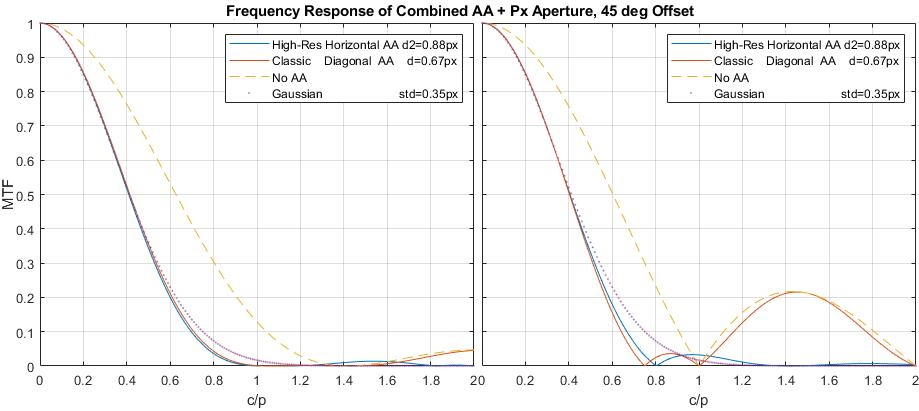Two shops list the camera. Preordering. Metioned it just for pricing - which is VERY highYou found a seller of the R3?
Upvote
0
Two shops list the camera. Preordering. Metioned it just for pricing - which is VERY highYou found a seller of the R3?
Hopefully you will have something left over! put it towards 5% of a lens!My bet is on $5899.99 well at least that’s what I have in an account waiting for it.
Let's hope these prices are nowhere near true!Two shops list the camera. Preordering. Metioned it just for pricing - which is VERY high
That's only if you have control over the subjects you are photographing.Most displays are 4K or less, and a 4K display is ~8 MP.
What advantage does 45 MP have over 30 MP when images are most commonly viewed on displays with much lower resolution (i.e., the far more common HD monitors or tablets/smartphones)?
How often do you personally upload/share images online that are over 20 MP, and even if you post full resolution images online, how often do you think they’re viewed without downsampling to the much smaller display size being used to view them?
The point is that print is pretty much the only medium for which there’s any need for higher resolution, and as @Sporgon and others point out, 30 MP is generally more than enough for that. For online viewing, even 30 MP is overkill to some exponential power.
Noise is a tough balance when the sensor resolution is high.I don't have the need and it seems inconvenient. But why the drop in MP? Still don't get it.
Why not a 3 MP sensor instead? Or 1 MP for that matter, if it doesn't matter I mean.
I noticed the same when shooting the 1DxII and RP side by side, even with 6MP less, the 1DxIII pictures had more detail. This was with stationionary dragonflies with the 180L mounted on a tripod.[..]
In shooting the 1Dx III for almost a year now I have been impressed with the "secret sauce" Canon added to the sensor. The 20mp files of the 1Dx III seem to me to tolerate cropping much better than the 20mp files from the 1Dx II. I don't know why.[..]
The 1DX III introduced a new type of low pass (or AA) filter which blurs the image more gracefully. If you want to dive into the technical aspects, this site goes into even more detail than Canon's whitepaper:Since this seems to have become a thread about resolution, noise and cropping, I can't resist added a few comments regarding Canon's two most recent top of the line bodies, the 1Dx III and the R5.
In shooting the 1Dx III for almost a year now I have been impressed with the "secret sauce" Canon added to the sensor. The 20mp files of the 1Dx III seem to me to tolerate cropping much better than the 20mp files from the 1Dx II. I don't know why. Some say it is the weaker anti-aliasing filter and I am not knowledgeable enough to argue either way, but I do see a significant improvement between the two generations. I shoot a lot of sports under less than ideal conditions and I have yet to have to reject a photo because it is too noisy or too soft after cropping.
I've only been shooting the R5 for about six weeks but I have been impressed with the files that 45mp sensor delivers at high ISOs. Very little and easily managed noise.
Point being, I'm seeing a convergence in the new sensors, where many of the old arguments about lower resolution=less cropping room and higher resolution=more noise seem to be less and less relevant in my day-to-day experience. YMMV, but I feel as though too many people are stuck in arguments that were valid six or seven years ago, but aren't today. We may have to relegate these arguments to the same dustbin where the lens cap shadow noise arguments have been tossed.

I'm saying that the improved performance of the newest 20mp sensor in the 1DxIII allows cropped images to stand up better than they once did. Of course there are limits and the 45mp sensor of the R5 is certainly going to allow for more cropping, but people who dismiss the lower resolution sensors out of hand, as many on this forum do, fail to acknowledge the improvements that have occurred in recent years.I don't quite follow your point about old arguments though. I think you are finding that the higher effective resolution of the 1DX III over the 1DX II is beneficial. That to me would suggest that you are not saying higher resolutions are bad, so I don't follow you when you suggest discarding the notion of lower resolution=less cropping room.
*grabs your shoulder and shakes it* Time to wake up...One dream case - R3 costs $4000
